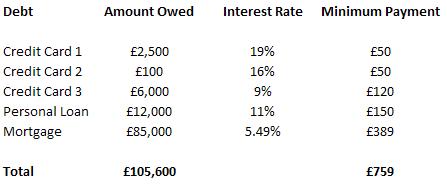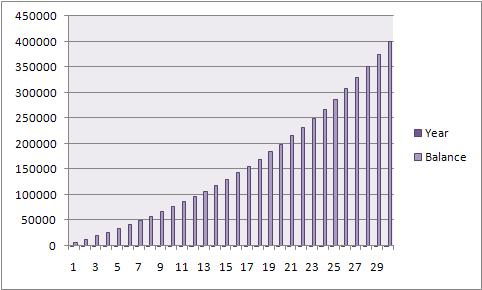Why you need a Will
There are many reasons why it is prudent from a personal, as well family perspective, to ensure you have a suitably worded Will in place – and Will Planning is not just for old people either!
What is a Will?
A Will is your written instruction which formalises what is to happen with your estate, and your children, after death. It can be a shrewd tax and estate planning instrument when used correctly and there are also a number of reasons why you should write a will sooner rather than later. We will cover these further in our next article in this series. This article is an introduction to Will Writing.
There are several ways in which a Will can be written – you could use the services of a Solicitor, a Will Practitioner/Specialist, a financial adviser or even a “DIY” Will purchased from a stationers.
In order to make a Will you need to be of sound mind and over the age of 18.
What is contained in a Will?
A Will sets out the administration of your estate in the event of your death. In it you can state your funeral preferences together with details of any gifts to charity or the National Trust.
Individual items can also be named, for example, leaving jewellery to a daughter or military medals to a grandson.
The Will for the most part will deal with the distribution of your estate – these are all your worldly goods and possessions. It is common for married couples to leave everything to each other and then shared equally between children on second death – this is generally known as the “Great British” Will – and may or may not be the most efficient and effective way of administering your Estate.
Who is involved in the Writing of a Will?
As the person making the Will you are known as the Testator (Testatrix if female) and the Will will be witnessed by two individuals who are not to benefit under the terms of the will – these are the Witnesses.
In the Will you nominate a person or people to administer your Estate after your death – these people are known as the Executors and it is their legal obligation to ensure that your wishes are carried out to the best of their ability.
I have an existing Will – does it need changing?
It is important to ensure you review your Will on a regular basis as people’s circumstances do change and the Will previously written may no longer match your wishes.
In addition to this, on several occasions, during my time as a financial adviser, I came across situations where people simply do NOT have a valid Will – in one case for example, the person had received their copy of the Will back from the Solicitors office and had simply filed it away without signing and witnessing the Will – remember – you need to ensure you sign your Will and that this signature is witnessed by two independent witnesses for it to be valid.
Is it feasible to make my own Will?
Although it is possible to write your own Will it is always advisable to have your Will written by an expert, such as a Solicitor or STEP practitioner.
A word of caution – in many cases the person writing the Will may wish to add themselves to the Will as an executor – I would always err on the side of caution at this suggestion. This person would be acting in a professional capacity and therefore the level of charges which might be incurred could be an unknown. You could in effect be writing a “blank cheque” on your estate by including a professional to act as an Executor on your Will. Remember – the other people acting as Executors (e.g. family) can always bring in professionals to act, at an hourly rate or agreed cost basis, should the need arise.
Next article – 10 GREAT reasons for Writing a Will

